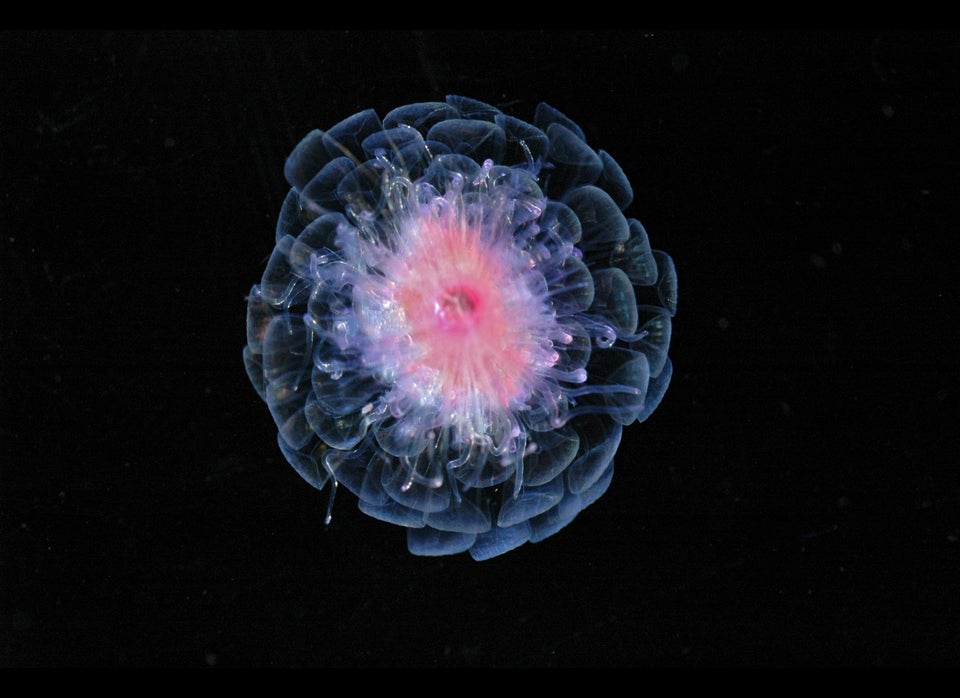Which came first: fangs or bony armor? For years, paleontologists have thought that the first bones to emerge were teeth, and that the protective armor coverings of early fish, made of similar material, followed. But now, a study reveals that the truth is the other way around.
The work focuses on a group of ancient jawless animals known as conodonts, which died out during the late Triassic period, about 200 million years ago. These eel-like creatures lacked internal or external skeletons but their mouths had hard spurs that were readily fossilized, and made of materials that look similar to dentine and enamel. Because the teeth of fish, dogs, dinosaurs and humans are made of these materials, the long-standing assumption, known as the inside-out hypothesis, has been that the hard structures inside the conodont mouth were early teeth and that the exoskeletal armor that covered the first fish later developed from these teeth-like structures.
Past work examining how some conodonts grew the hard spurs in their mouths shows that it was startlingly similar to how modern animals grow teeth. The likenesses are tantalizing, but the latest study's lead author, paleontologist Philip Donoghue at the University of Bristol, UK, is arguing that it is all a grand evolutionary illusion.
Skin of the teeth
Using X-ray tomographic microscopy with laser-like synchrotron radiation, a technique that reveals the internal structure and composition of fossils, Donoghue and his team were able to analyze early conodonts to reveal how their tooth-like spurs evolved. They report in Nature this week that the structures found in early conodonts evolved independently from vertebrate teeth.
The researchers found that whereas modern animals grow teeth by layering enamel over dentine, and late conodonts by a similar method, early conodonts had no enamel-like layers at all. This means that the tooth, as we know it today, had not yet evolved when conodonts broke off from the group of animals that ultimately led to humans. Instead, the tooth-like spurs seem to have evolved twice: once in late conodonts and once in the rest of the vertebrates.
“While the later conodont tooth structures are absolutely indistinguishable from modern skeletal materials, our work shows they are not the same thing,” says Donoghue. “We now have to assume our teeth evolved from the armour of mud-slurping fish.”
Researchers studying the evolution of hard tissues are breathing a sigh of relief. “Conodont tooth structures have always seemed problematic to me,” says paleontologist Per Ahlberg at Uppsala University in Sweden. “We’ve been seeing all of these little hard structures in the protective skin of early fish that look like the sorts of materials that would naturally evolve into bone, and then we have the conodonts with hard bits that are always only in their mouths,” he says. “The evolution of skeletons makes so much more sense without conodonts in the picture.”
This story originally appeared in Nature News.
